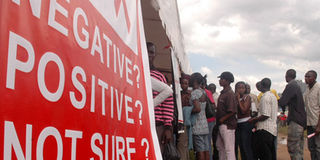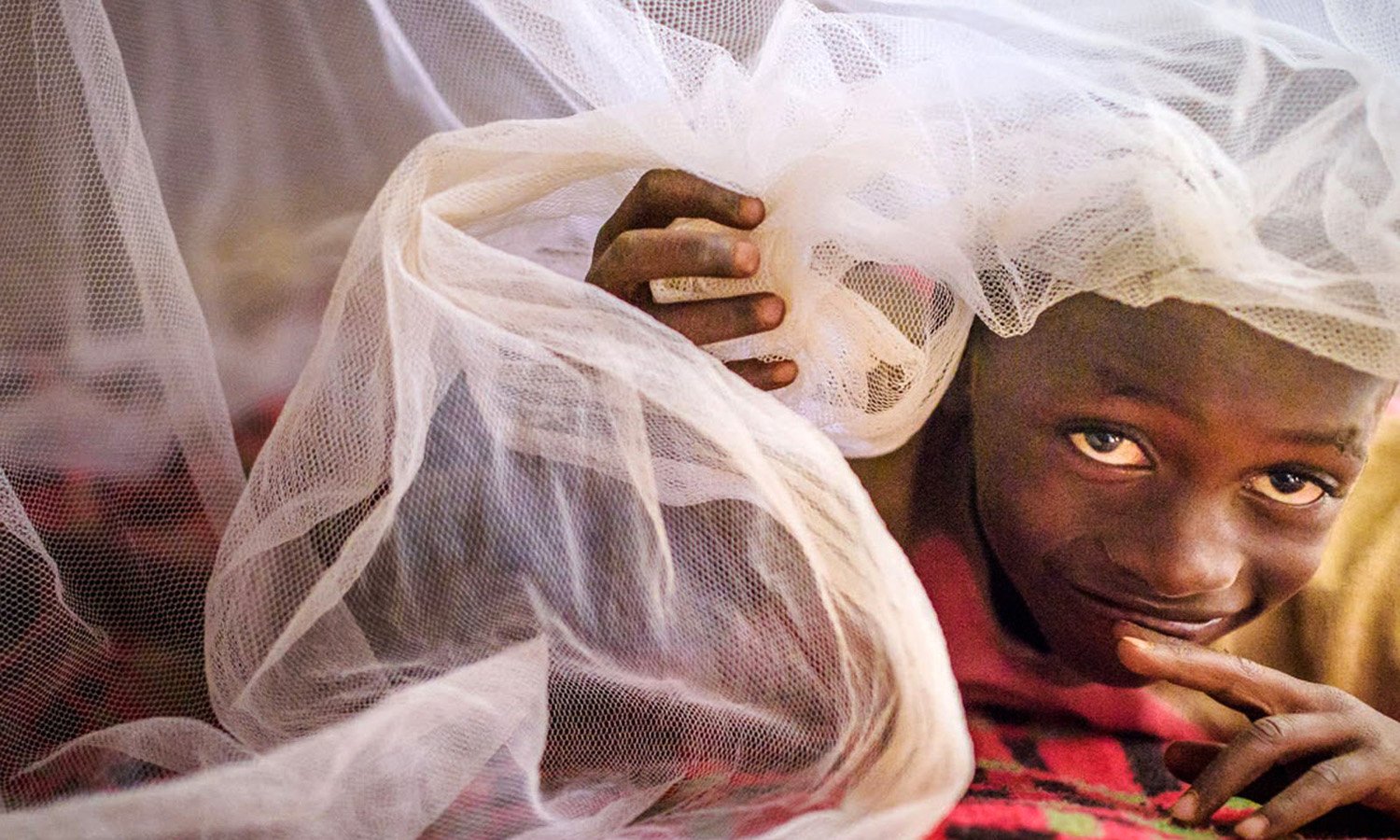60,000 men test for HIV annually – Health ministry

People line up to test for HIV recently. FILE PHOTO
What you need to know:
- The Minister for Health, Dr Ruth Aceng, said there is need for more sensitisation if the country is to achieve its 90,90,90 target by 2020.
The Health ministry has revealed that the number of men testing for HIV has increased to 60,000 annually which has contributed to the reduction of new HIV cases in the country.
Addressing the media on Friday during a memorial lecture for late Philly Lutaaya in Kampala organised by the Uganda Aids Commission, Dr Henry Mwebesa, the director general of Health Services at Ministry of Health, revealed that Uganda is on track to attain the 90,90,90 goal by 2020.
“Since we started on our ambition of test and treat in 2017, every year we get 60,000 men on treatment and about 80,000 women and this has helped us a lot to see where we are going. The results have already been achieved because the statistics of men on treatment was very low before we started this cause,” he said.
The Joint United Nations Programme on HIV and Aids 90-90-90 goals were launched at the International Aids Conference in 2014 in Melbourne, Australia, as part of global efforts to end the HIV/Aids pandemic by 2030.
Under the 90-90-90 goals strategy, by next year 90 per cent of all people living with HIV are expected to know their status, 90 per cent of all people diagnosed with HIV infection should have access to sustained antiretroviral therapy, and 90 per cent of all people receiving antiretroviral therapy should have viral suppression
Dr Mwebesa added that the number of people dying of HIV has reduced and that by 2010, at least 130,000 were dying per year but by 2018, only 23,000 people were dying per year.
“We still need to tighten our belts because men do not want to test for HIV yet they are the main victims of HIV/Aids, including the youth, sex workers and prisoners,” he said.
Dr Mwebesa commended the late Lutaaya for revealing the face of HIV Aids in Uganda when he announced that he was HIV-positive. “Lutaaya used his remaining time to plant a seed for the fight against stigma and HIV but it is unfortunate that men still lag behind in accessing counselling and treatment for HIV because they fear stigmatisation,” he added.
The Minister for Health, Dr Ruth Aceng, said there is need for more sensitisation if the country is to achieve its 90,90,90 target by 2020.
“Currently the total number of people living with HIV is no longer increasing because 89 per cent know their status and 73 per cent are on treatment, while 73 have viral load suppression, which shows we are on track and our partners are committed on their promise and change to 95,95,95,” she said .
Dr Freddie Sengooba from Makerere University said: “We need to categorise our clients in a such a way that we figure out those who need more intensive engagement and those who need less.”




